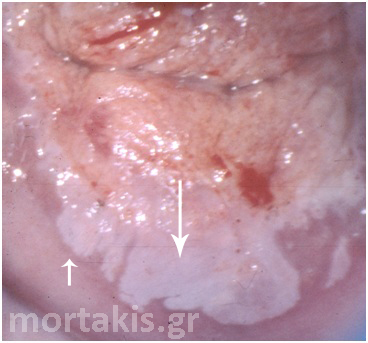
There are several treatment options for condyloma acuminats, and treatment is often delayed in children and adolescents because lesions tend to disappear over several months or even years. However, if a lesion has become persistent or is bothersome, the patient should seek treatment. There are three main treatments: topical therapies, cryotherapy, and surgical excision. The choice of treatment depends on the location of the lesion and morphology of the lesion.
Although condyloma acuminatum is typically asymptomatic, it is possible to have bleeding, pruritus, and pain. If left untreated, the condition can progress to invasive SCC. In some cases, patients have no symptoms, but they may experience bleeding or sores during intercourse. For this reason, medical intervention is important. In addition to medical care, a patient may need psychological counseling as well.
It is important to note that the prevalence of condyloma in children decreases with age. Tortolero-Luna and colleagues found that HPV distribution inversely correlated with age. The young children’s study found that 0% of all physicians’ visits were for condyloma. Because condyloma acuminati are uncommon in the general pediatric population, they are usually overlooked.
In most cases, condyloma acuminati are asymptomatic. However, they can occur in women who have had unprotected sexual intercourse with multiple partners. In addition, the virus can spread to the mouth or throat, where it can lead to a variety of cancers, including ano-genital and head and neck cancer. Most cases of condyloma are caused by fomites, which are microscopic organisms that are transmitted through skin contact.
The disease is transmitted by unprotected sex. In children, it can spread to the anogenital area, oral cavity, or head and neck. It is rare in adults, but can still cause psychological distress, and requires medical evaluation. It can be difficult to diagnose without the proper diagnosis. Because it is so common in children, communication with healthcare providers is essential. The doctor will be able to tell you if the patient has it.
The condyloma virus causes the genital warts. It is transmitted through unprotected sex. The virus can be passed from one person to another through sexual intercourse, and it can remain latent for years. While the disease is generally not fatal, it can lead to other complications, including head and neck cancer. During the first months of pregnancy, the vagina is moist and the immune system is more sensitive.
Human papillomavirus infection can lead to head and neck cancer. The condyloma virus is transmitted during sexual intercourse and can persist for years. It can also be transmitted sexually. While the infection is rare in children, the symptoms of the disease vary across age groups. It may present as solitary lesions, clusters, or bleeding during intercourse.
The disease is usually asymptomatic, but can occur in both children and adults. Symptoms of genital warts include rash and fever. The infection can also be fatal. People with this condition may have a number of other conditions and should seek treatment. A rash is the most obvious symptom of the disease, although it can also be accompanied by a host of other problems.
Most often, warts occur in women. It is caused by the human papillomavirus and is usually transmitted through unprotected intercourse. Those who have warts are at an increased risk of developing head and neck cancer. You can learn more about this on the health website cth.co.th. The disease also has anogenital and oral manifestations. In children, it is asymptomatic, but with an asymptomatic course, it can occur on the skin.
The most common type of condyloma is the exophytic form of HPV of the vulva. This form of HPV causes many precancerous lesions, including warts. 80% of women have HPV types 6 or 11. In their body there are isolated and multiple strains of HPV. Despite the vaccine, they can develop the disease if the patient has had it before.
